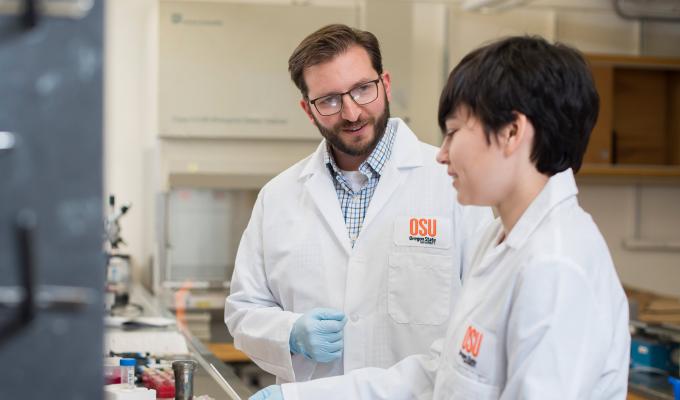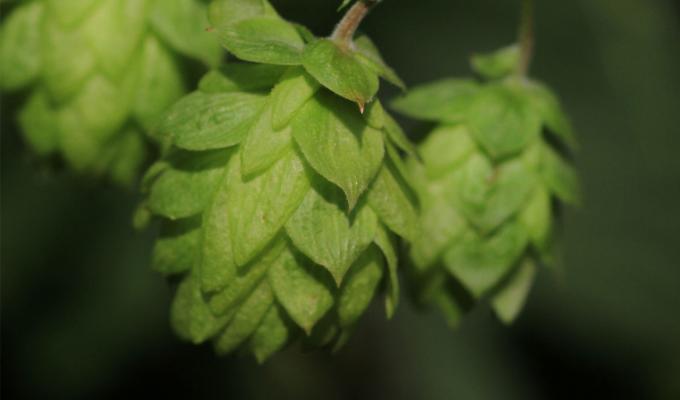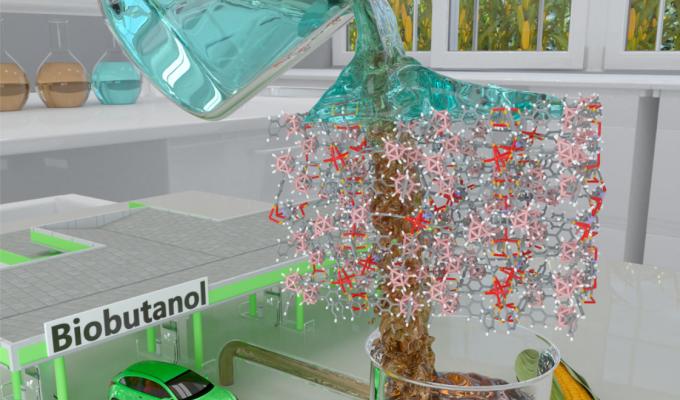
Health and Biotechnology
Groundbreaking OSU project will determine COVID-19 prevalence in Corvallis

Health and Biotechnology
Kindergartners’ behavior, socioeconomic risk linked to gut microbiome composition, function

Biochemistry & Biophysics
Hops compounds help with metabolic syndrome while reducing microbiome diversity

Biochemistry & Biophysics







